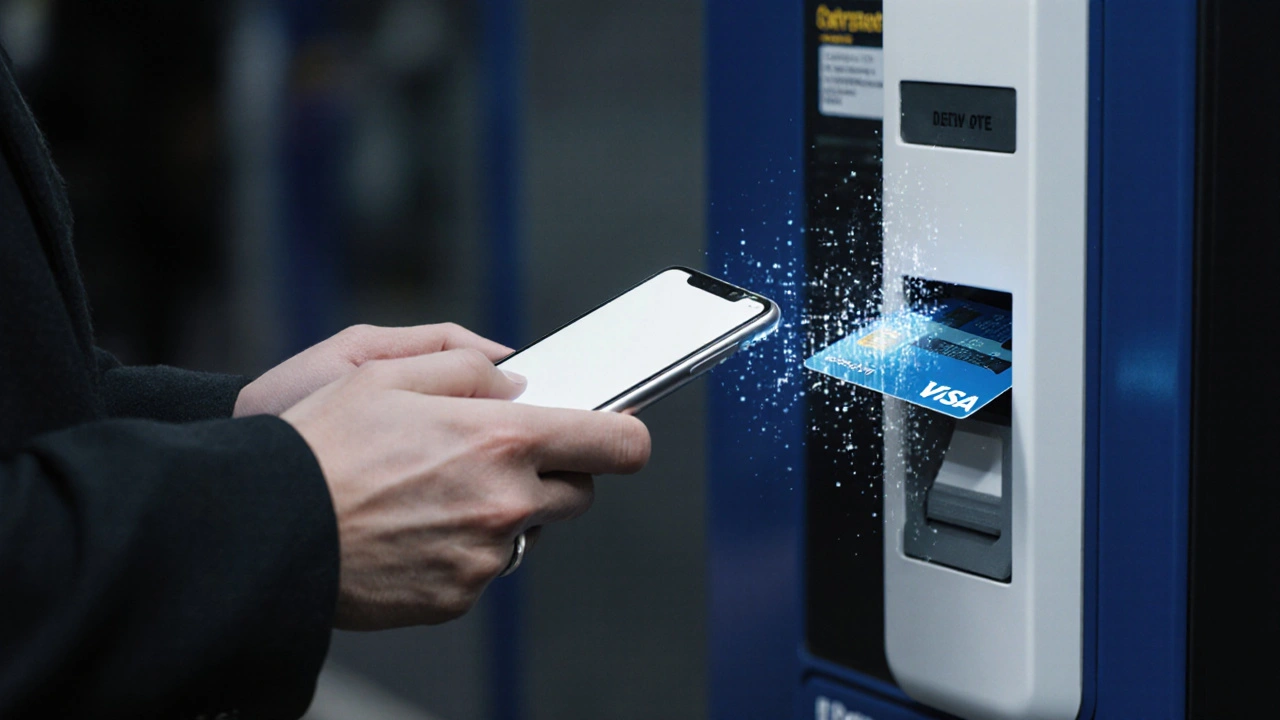Contactless Payment London: How to Pay Fast and Easy on Transport and Shops
When you tap your card or phone on a reader in London, you’re using contactless payment, a quick way to pay without inserting a chip or signing a receipt. Also known as tap-to-pay, it’s how most people now get around the city — and buy coffee, snacks, and groceries too. It’s not magic, but it might as well be: you tap once, you’re in. No fumbling for change, no waiting in line for an Oyster card top-up. Just tap and go.
London’s transport system — the Tube, buses, DLR, Overground, and even some National Rail routes — runs on contactless payment, a system that automatically charges you the best fare based on your travel pattern. Also known as pay-as-you-go, it works with most debit and credit cards from around the world, plus Apple Pay, Google Pay, and Samsung Pay. You don’t need an Oyster card anymore unless you want to load weekly caps or use a child’s fare. The system knows if you’ve taken two bus rides in an hour and won’t charge you twice. It even caps your daily spending at the price of a Day Travelcard, so you never overpay. That’s the big win: simplicity. You don’t have to plan ahead. Just tap in, tap out, and go about your day.
But it’s not just transport. Almost every shop, market stall, and pub in central London takes contactless. From the fishmonger in Borough Market to the sandwich bar near Covent Garden, if you see that little wave symbol, you can pay without touching anything. Even some charity boxes and parking meters now accept it. And if you’re worried about security? Your card’s protected. Most transactions under £100 don’t need a PIN, but after a few taps in a row, your bank will ask you to enter it. It’s not a flaw — it’s a safety net.
What cards work in London?
You can use any Visa, Mastercard, or American Express card with the contactless symbol. Even foreign cards work — no need to exchange cash. But watch out: some prepaid cards or cards from smaller banks might not be activated for contactless. If your card gets rejected, try another one or switch to Apple Pay. Your phone’s just as fast. Also, remember that if you’re using a non-UK card, your bank might charge a small foreign transaction fee. It’s not much, but it adds up if you’re tapping every day.
And here’s something most tourists don’t know: you can link multiple cards to one phone, but only one will be used by default. If you’re traveling with a friend and both of you have Apple Pay, make sure you’re tapping your own phone — the system can’t tell you apart. Also, if you’re using a business card, check with your employer. Some corporate cards block contactless for security.
What you’ll find in the posts below are real, tested ways people use contactless payment in London every day. From saving money on daily commutes to avoiding overcharges on the Tube, from knowing which stations have the fastest tap readers to spotting the one café that still only takes cash. You’ll see how locals stretch their budget, how students avoid fees, and why some people still keep an Oyster card just in case. No fluff. Just what works.
